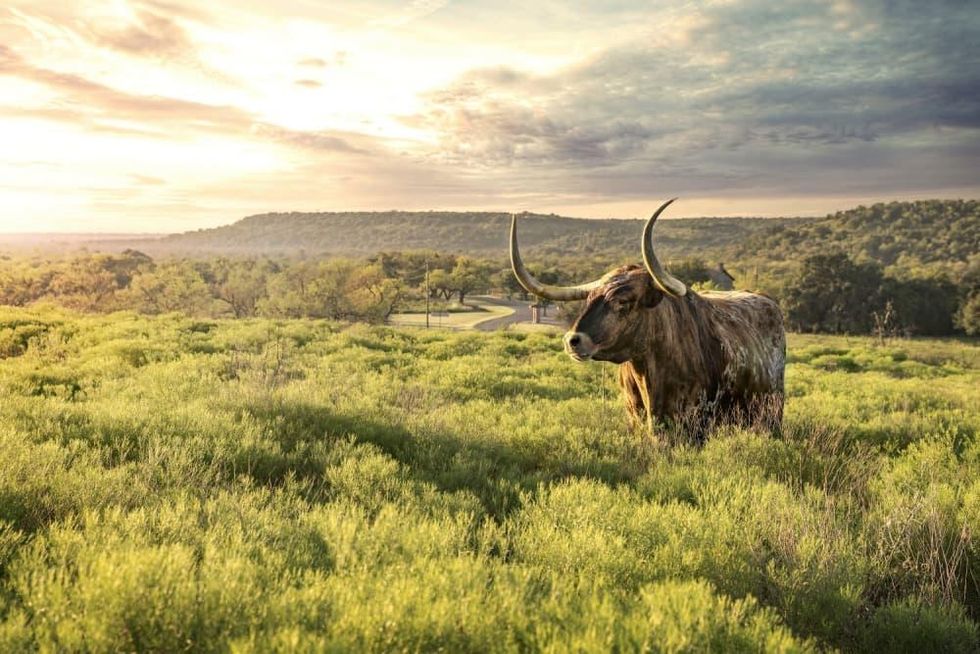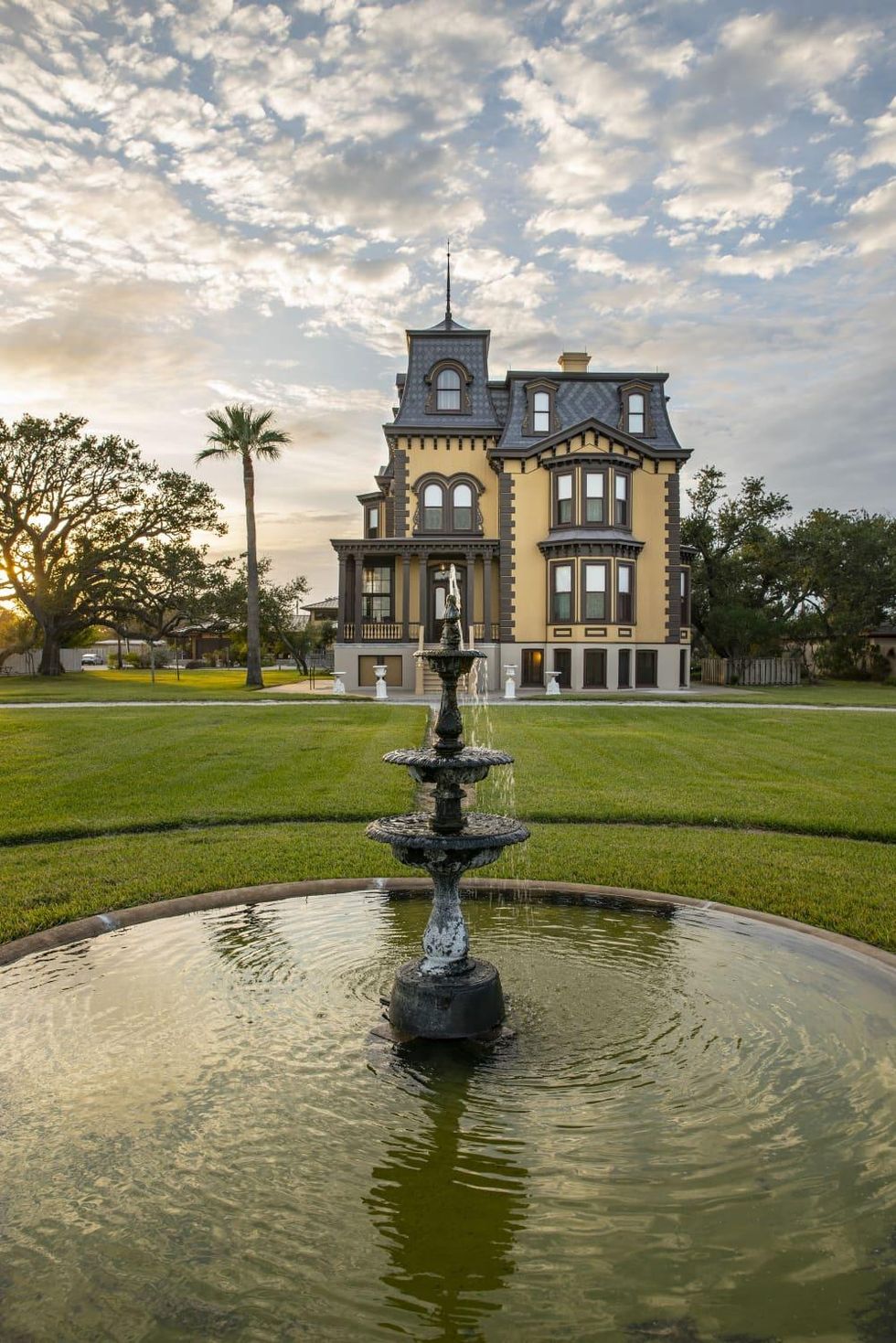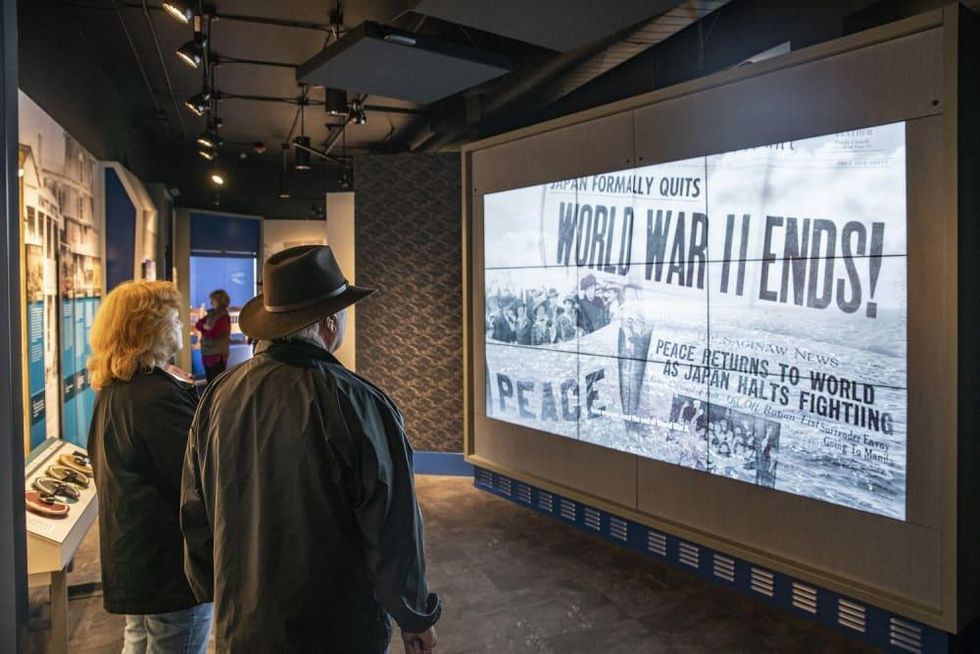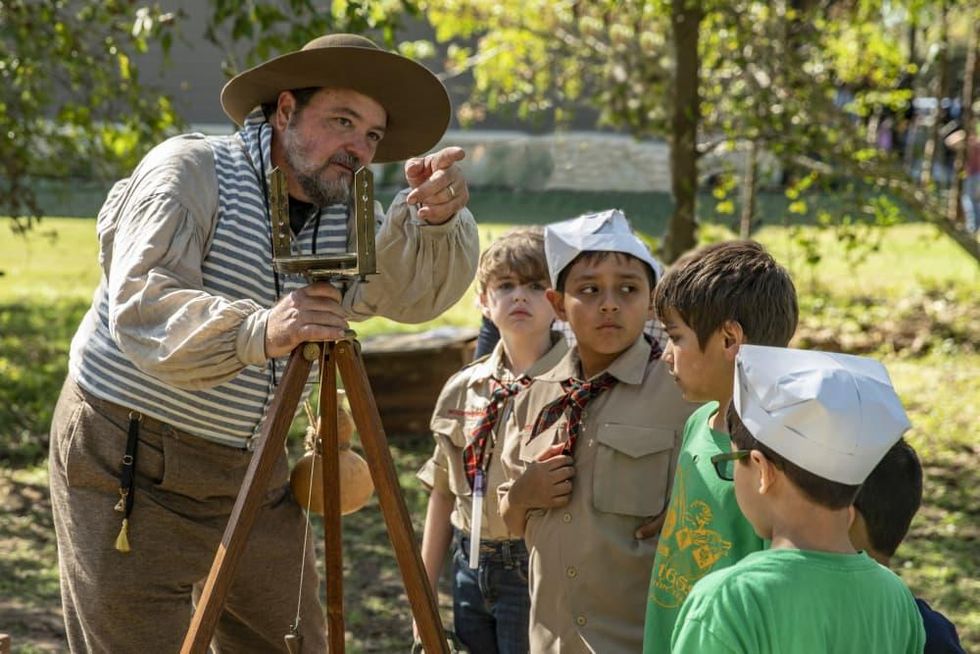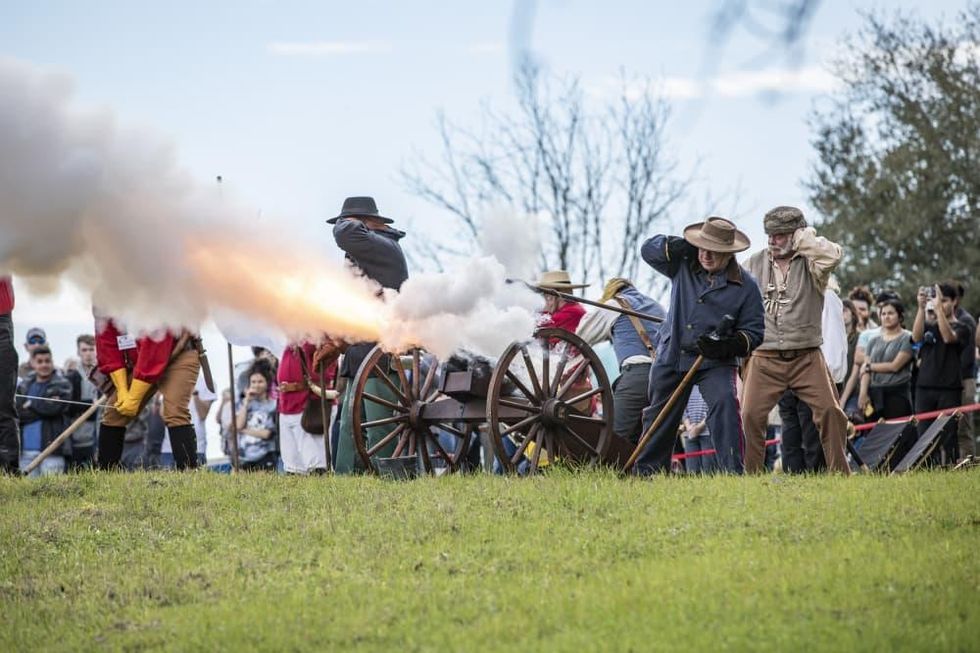On the Road
Travel through time with help from the Texas Historical Commission

History comes alive at so many places across the Lone Star State, with unique spots that honor the past and inspire an understanding of what it means to be a Texan.
The Texas Historical Commission preserves the important stories of the past at more than 30 historic sites across the state, from Native American villages and frontier forts to both everyday and elegant homes, along with the social and political leaders who lived in them.
For a road trip that doubles as a fascinating history lesson, be sure to hit these points of interest.
Get on coastal time
The southern portion of the Texas coast — roughly 100 miles of shoreline between Rockport and South Padre Island — offers a diverse range of heritage sightseeing opportunities.
Fulton Mansion State Historic Site (Rockport): The Fulton family home, with its mansard roof and ornate trim work, was progressive, luxurious, and rare in this part of Texas in the late 1800s. Overlooking Aransas Bay, it reflects George Fulton’s engineering skill and success as an inventor and rancher.
Port Isabel Lighthouse Historic Site (South Padre Island): Built in 1852, the 72-foot lighthouse is one of the only ones in Texas open to the public and offers beautiful views of coastal sites that aren't accessible elsewhere in the state.
Other points of interest include Rockport’s Texas Maritime Museum, where artifacts range from navigational devices to medical instruments and a large wooden model of the ship encased in glass; the historic Tarpon Inn in Port Aransas, which was built in 1886 with surplus lumber from Civil War barracks; and a tour of the massive USS Lexington in Corpus Christi Bay.
Hill Country history lesson
Historic ties matched by beautiful natural scenery make the Fredericksburg-to-Johnson City part of the Texas Hill Country an ideal route, with war museums, presidential parks, and exhibits along the way.
National Museum of the Pacific War (Fredericksburg): The museum is the only institution in the continental U.S. dedicated exclusively to telling the story of the Asiatic-Pacific Theater in World War II. Spanning six acres in downtown Fredericksburg, it features three galleries with more than 55,000 square feet of exhibit space, 40 media installations, 900-ish artifacts, and hundreds of photographs.
Lyndon B. Johnson National Historical Park (Stonewall): In this district of the park is the “Texas White House," the ranch home of the 36th president of the United States and where he entertained many world leaders. The other half of this park is located 14 miles to the east in Johnson City, where you’ll find his boyhood home and a visitors center with artifacts like two LBJ ranch branding irons, campaign memorabilia, wife Lady Bird’s crimson suit, and White House china.
On your journey through this part of the Hill Country, don’t miss one of the best-known dance halls around, Luckenbach Dance Hall. And of course, check out a few of the local vineyards, biergartens, and distilleries in the area.
Republic of Texas road trip
Step back in time and tour through a number of sites that represent the period of the Texas Republic.
San Felipe de Austin (San Felipe): The site preserves the location where Stephen F. Austin, the “Father of Texas,” established his colony in 1823. A 10,000-square-foot visitors center shares the stories of Austin and his settlers through museum exhibits, multimedia and graphic displays, and outdoor tours of the historic landscape with its reconstructed townsite block.
Washington-on-the-Brazos (Washington): On March 2, 1836, the Texas Declaration of Independence was signed at this location, marking the birthplace of the Republic of Texas. Today, the historic site rests where Washington once flourished and contains a reconstruction of Independence Hall, the Star of the Republic Museum, and Barrington Plantation, which was the home of Anson Jones, the last president of the Republic.
Fanthorp Inn State Historic Site (Anson): This charming, historic building once hosted former Texas governor Sam Houston and 12th U.S. President Zachary Taylor during the Republic of Texas era; its furnished rooms offer a glimpse into life on the Texas frontier 170 years ago.
San Jacinto Battleground State Historic Site (La Porte): The remarkable 570-foot-tall monument here honors the legendary battleground where Texans defeated the Mexican Army in an 18-minute battle on April 21, 1836.
The monument — topped by a 34-foot star symbolizing the Lone Star Republic — also has an elevator ride to the observation deck, a 490-foot-tall vantage point that offers stunning views of the battlefield, reflecting pool, and nearby ship channel.
The adjoining San Jacinto Museum of History contains nearly 45,000 artifacts and writings spanning 400 years of Texas heritage.
From Western to Southern exposure
About 2.5 hours due west of Dallas, Albany is both a history and a nature lover’s haven. So is La Grange, about 3.5 hours due south of DFW and nestled along the Colorado River.
Fort Griffin (Albany): As one of the U.S. Army’s defensive forts from 1867 to 1881 during the Indian Wars, this site is also home to the Official State of Texas Longhorn Herd, the breed that helped create the cowboy mystique.
Among the fort's ruins are a mess hall, barracks, first sergeant’s quarters, bakery, powder magazine, and hand-dug well that are all deeply tied to Texas history.
You can also camp onsite along the banks of the Clear Fork of the Brazos River. Due to the vast ranches surrounding the property, Fort Griffin has minimal light pollution, making it a dream for stargazing.
Kreische Brewery (La Grange): Master stonemason and German immigrant Heinrich Kreische built his 1849 home and one of Texas’ first commercial breweries in the 1860s. Walk the ruins of this once-bustling brewery and see how it remains a lasting example of prosperity by immigrants in Texas.
Also in La Grange is Rohan Meadery, Texas’s oldest functioning meadery, which has been making authentic, Old World honey wines for many generations. It’s located on a farm in the countryside, and you can swing by the tasting room during the week or stay awhile for live music on most Saturdays.
Discover more ways to travel through Texas history here.
